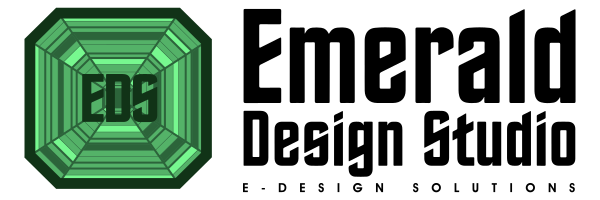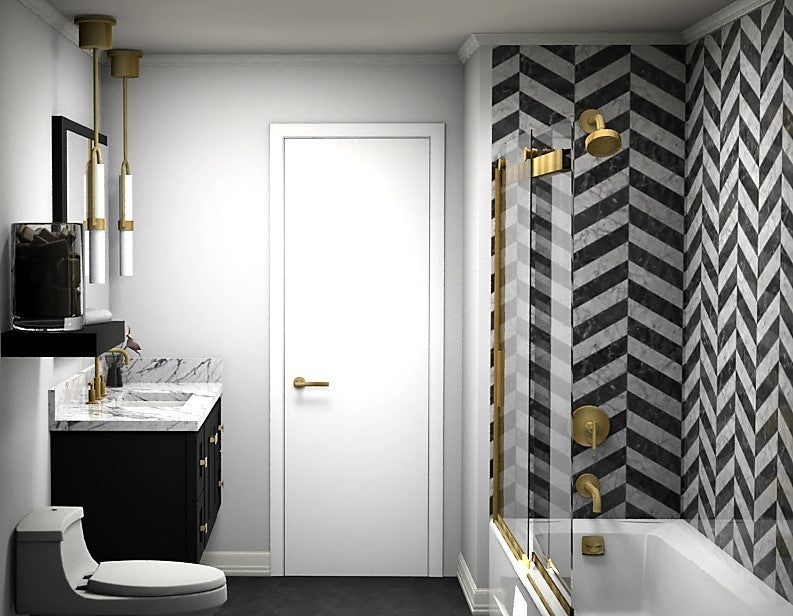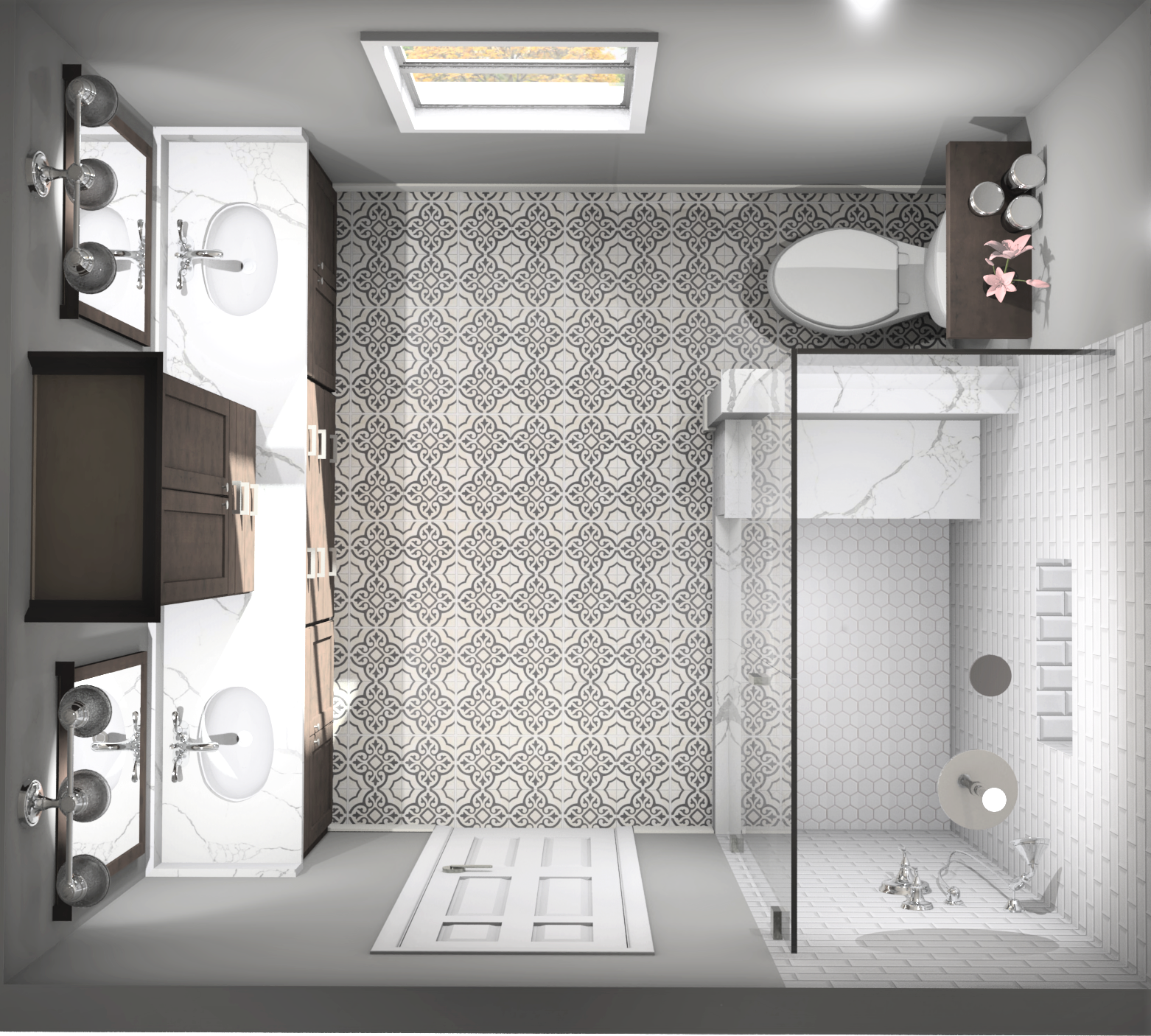
So you have started researching cabinetry for your kitchen project! One of the biggest decisions financially and aesthetically for your kitchen is going to be your cabinet selection. Before you even start thinking about wood species, door style or finish you should explore the different kind of cabinet constructions available and decide what is best for your space.
Frameless Cabinetry

Example of frameless cabinetry
Frameless cabinetry, also known as full access, is the standard construction of cabinetry in Europe. As the name suggest these cabinets do not have a face frame, rather, they have a thicker box construction and the cabinet door hinges directly off the side of the cabinet. Without the frame, these cabinets allow slightly more access to the cabinet interiors, especially with drawer bases. I often recommend a frameless construction to my customers looking for a really modern sleek aesthetic as this style really lends itself to minimal decorative detail.
Framed Cabinetry

Example of framed cabinetry with partial overlay door
Framed cabinetry is the most common construction of cabinetry in the United States. In this type of cabinetry construction, the rails and stiles form a face "frame" at the front of the cabinet box allowing for greater stability of the cabinet. This frame resembles a flat picture frame in which the cabinet door hinges off of. With framed cabinetry you have the option of either a full overlay door style which completely covers the frame of the door or partial overlay door style which reveals a small portion of the face frame. Framed cabinetry really lends itself to any aesthetic from modern to traditional.
Inset cabinetry

Example of inset cabinetry
Inset cabinetry is a style of framed cabinetry where the door sits inside of the frame as opposed to hinging to the frame. Since the door sits inside of the frame it takes away a bit of your storage space. I always recommend increasing your wall cabinet to at least 13” (and even up to 15” depending on what the customer is looking to store) to reclaim some of that lost space. This style of cabinet is definitely a more decorative traditional look and lends itself to transitional and traditional kitchens.
There really is not a right or wrong choice when weighing your cabinet construction options. They all have their own merits and place in kitchen design. When deciding on your construction style be sure to consider your personal style and the architectural style of your home.
Also consider consulting your cabinet installer as each construction requires slightly different installation methods. Construction specifics, such as hinge styles, box material and construction, and interior finish vary between cabinet manufacturers. Be sure to do your research to feel confident and happy with your beautiful new investment.



